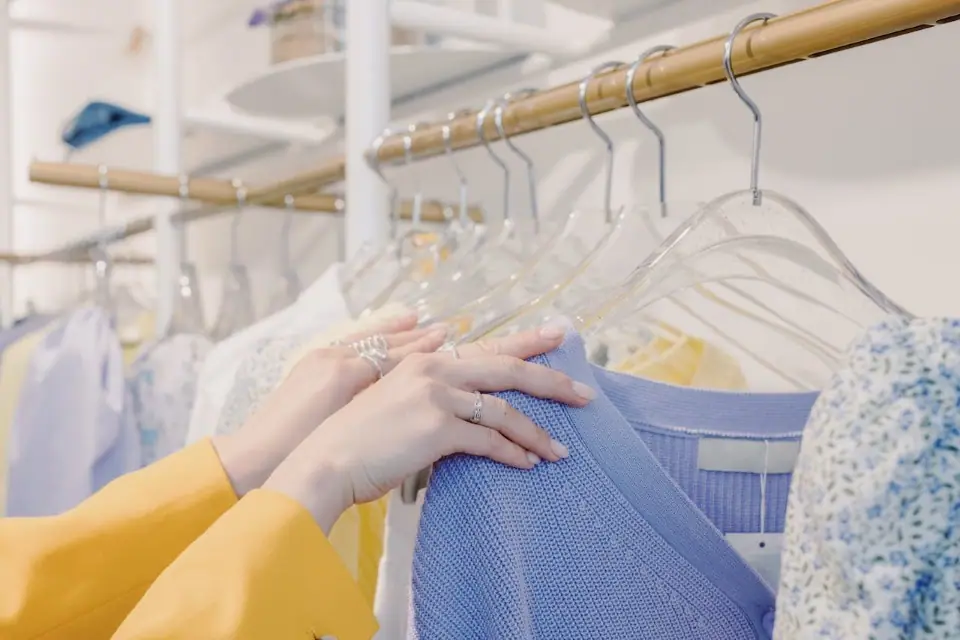Fast fashion has become an integral part of the fashion industry in recent decades. Characterized by the rapid movement of latest catwalk trends to affordable clothing lines, fast fashion allows consumers to purchase inexpensive garments that closely resemble current luxury fashion.
The Origins of Fast Fashion
Fast fashion emerged in the 1980s and was popularized in the 2000s with the growth of globalization and outsourcing of production to countries with lower labor costs. Retailers realized they could take designs straight from the runway to stores in a matter of weeks through streamlined supply chains. Brands like Zara, H&M, and Forever21 are now giants of the fast fashion world.
The Fast Fashion Business Model
The fast fashion business model relies on enhanced design capabilities, speedy production, affordable pricing, and high product variety. Trends are monitored closely and large volumes of merchandise reflecting the latest styles are cycled rapidly through stores to encourage shoppers to visit often. Limited runs put pressure on consumers to buy items immediately.

Why So Cheap?
Fast fashion retailers can keep prices low through mass production in factories, usually located overseas. Synthetic fabrics and cheap labor allow companies to maximize profit margins while selling items much less expensively than luxury brands. Critics argue that low pricing promotes overconsumption and leads to issues in manufacturing countries like poor working conditions and environmental damage.
The Impact of Fast Fashion
The quick inventory turnover of fast fashion means around 50 billion garments are now produced annually across the globe. Consumers discard clothes more rapidly too, sending millions of tons of textile waste to landfills each year. Experts criticize the disposable nature of inexpensive garments produced through environmentally harmful processes. Still the scale, efficiency, and accessibility of fast fashion continue to drive the industry.
Sustainable Alternatives
In response to criticisms about overproduction and waste, some fast fashion companies are launching eco-friendly lines made from recycled or organic materials. Additionally, resale platforms allow savvy shoppers to trade secondhand fast fashion items. However, systemic change across the supply chain is still needed to make a real environmental impact. Until then, many argue that slowing consumption by purchasing fewer, durable pieces is the most sustainable option.

